Jennifer Walton of Hendy shares how to turn crisis into an opportunity to improve operational wellbeing.
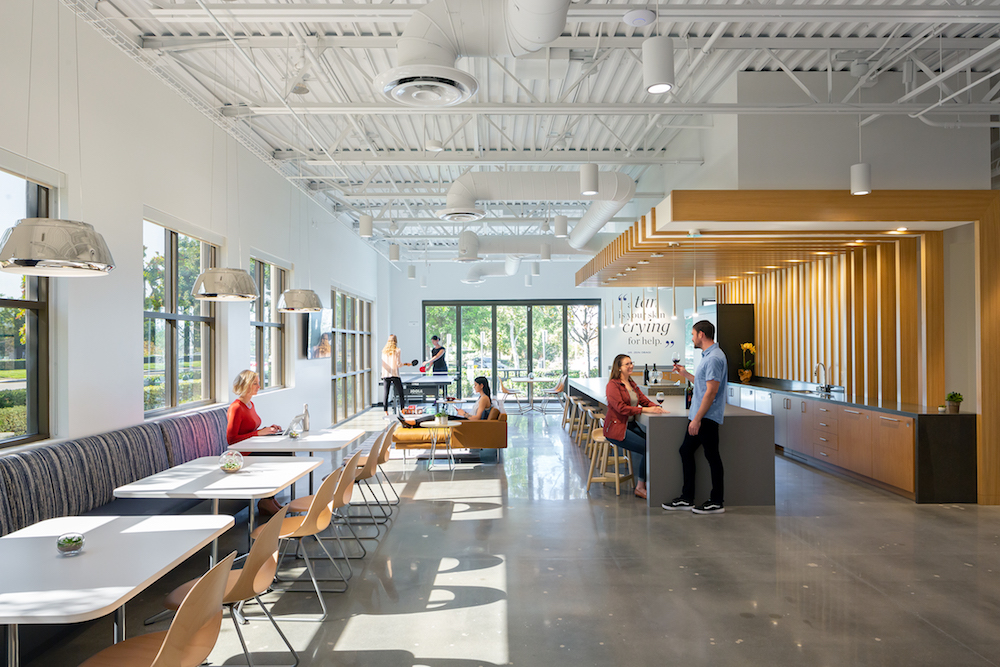
Dynamic changes to the office are upon us today, paving the way for innovation and new methods of operating that will future-proof corporate America and unlock ROI in ways previously unimagined. And through it all, we must never forget that a global health crisis is what triggered this new era of workspace transformation, the aftereffects of which have heightened social consciousness about health and wellness in the workplace. Moving forward, employees will be mindfully focused on their surroundings and how they factor into their physical and mental wellbeing: Will the office be sanitized? Are surfaces safe to touch? Will the air I breathe be purified?
Per Maslow’s hierarchy of needs, we know that people can only perform to their highest potential if their basic needs are met first. In the case of shared office environments, these basic needs start with health, wellness, and safety.
The Occupational Safety and Health Administration (OSHA) and the Center for Disease Control and Prevention (CDC) also recognize these concerns and have released new guidelines to ensure businesses adapt effective health and wellness standards.
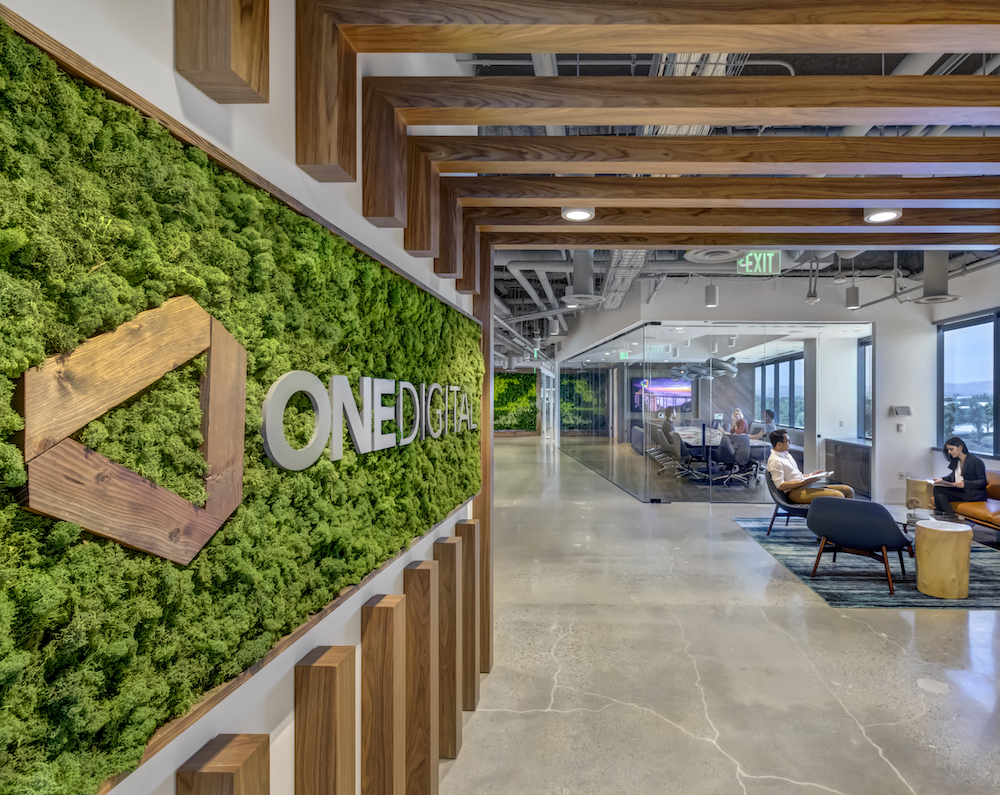
Even pre-COVID-19, research proved that companies prioritizing health, safety, and wellness in the workplace are seeing positive returns. For example, a recent Harvard University study reports that for every dollar spent on employee wellness, medical costs decrease $3.27 and absenteeism drops $2.73 – a 6:1 ROI.
The good news is that getting your office space up to mandated standards does not need to break the bank or be a stressful endeavor. There are myriad simple fixes that are low cost and meet the new requirements.
Consider partnering with a trusted WELL Accredited Professional (WELL AP™) to get started. Guidance from a WELL AP interior architect can help ensure that your business will realize the optimal return on investment (ROI) for the effort – both in human and financial capital.
It is important to understand how building design plays a significant role in controlling infection. Whether it’s limiting the spread of viruses or preventing chronic illnesses, there are wellness standards and systems to incorporate that will help your business achieve healthy workplace certification.
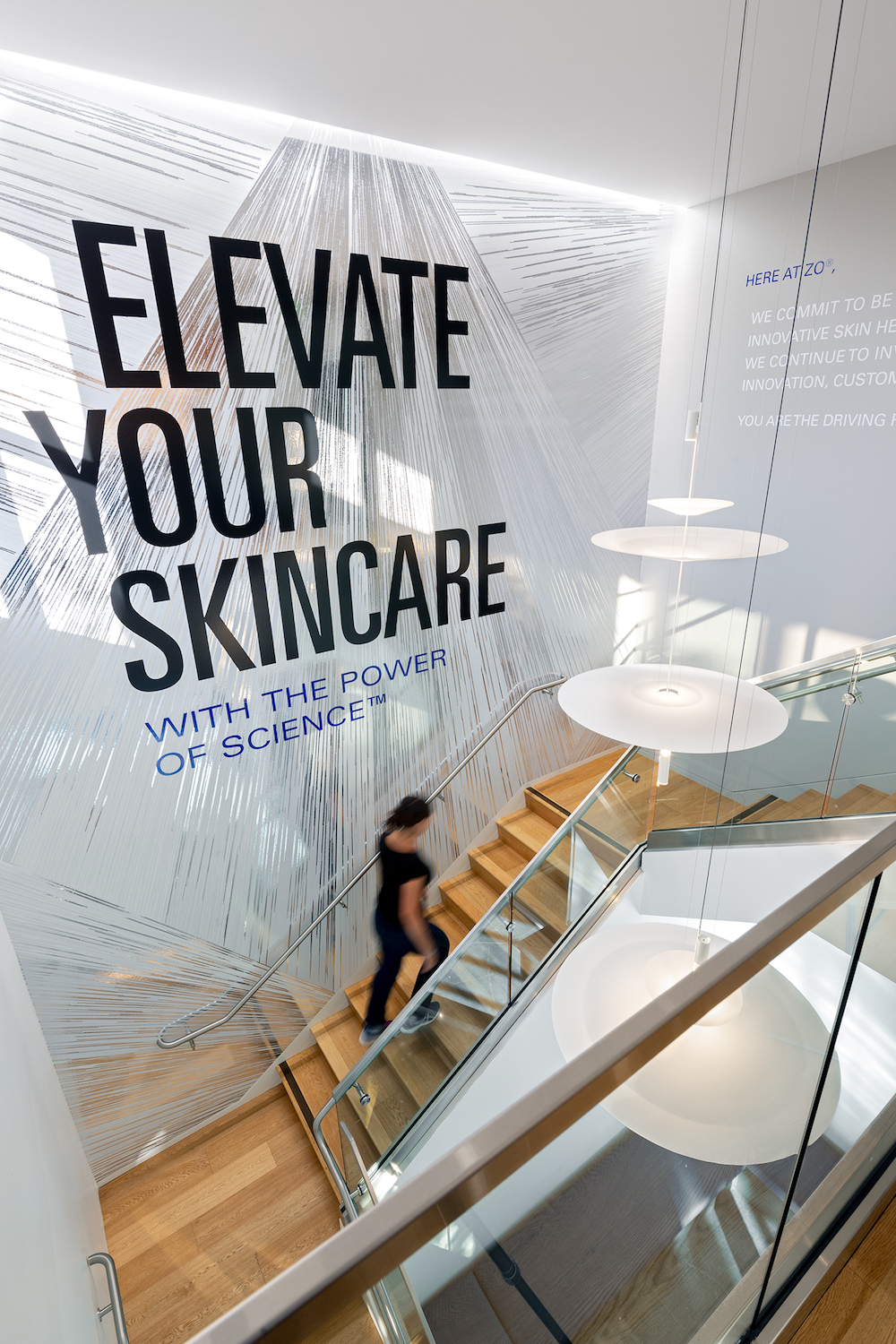
Top-Ranked Certification Programs
Currently, there are two leading rating systems that certify spaces based on health and wellness strategies supported by scientific evidence. These are the WELL Building Standard™ and Fitwel® (Facility Innovations Toward Wellness Environment Leadership).
The focus of these programs is to integrate human health into building design and policy to create workplaces that facilitate health and wellbeing. Both certifications have their place but differ in application.

Fitwel
This program is ranked as the world’s leading certification system committed to Building Health for All™. Fitwel certification demonstrates to employees, clients, and visitors that your organization prioritizes wellness within the design, development, and operations of your space and community.
Fitwel includes more than 55 evidence-based design and operational strategies across seven heath impact categories. The program addresses health as an interconnected system with no single dominant category or area of focus. So, all strategies are voluntary with no prerequisites.
7 Fitwel Health Impact Categories:
- Impacts Surrounding Community Health
- Reduces Morbidity and Absenteeism
- Supports Social Equality for Vulnerable Populations
- Instills Feelings of Well-Being
- Enhances Access to Healthy Foods
- Promotes Occupant Safety
- Increases Physical Activity
The first step in the process is registering your workplace. The next step is determining the appropriate workplace features and strategies that will meet your business objectives and support the needs of your employees. Upon integration, features are then weighted on a 3-point system that measures impact on occupant health. Certification is then awarded as a 1-, 2-, or 3-star rating based on points achieved for strategies deemed compliant with Fitwel standards.
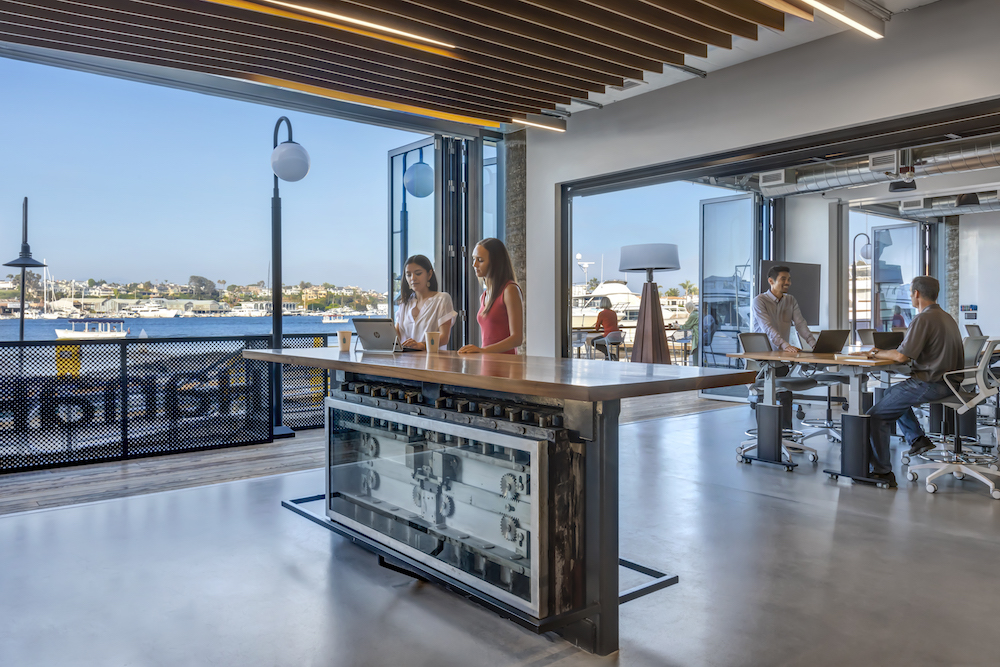
WELL Building Standard
WELL is the premier standard for buildings, interior spaces and communities seeking to implement and measure features that support and advance human health and wellness in the workplace. The certification program was developed by integrating scientific and medical research on environmental health, behavioral factors, health outcomes, and demographic risk factors that affect health with leading practices in building design, construction, and management.
10 WELL Concepts of Health
- Air
- Water
- Nourishment
- Light
- Movement
- Thermal Comfort
- Sound
- Materials
- Mind
- Community
To achieve WELL certification, spaces must meet all mandatory requirements. These are called preconditions, and there are 23 required across 10 WELL Concepts. Once all categories and features are implemented, WELL assigns a testing agent to facilitate a performance verification. If approved, your workplace will be awarded a Silver, Gold, or Platinum rating based on the points achieved.
While both systems have similar goals, WELL promotes health through features, and Fitwel employs strategies. Many of these wellness features and strategies can be implemented right away, but it is recommended to first consult your building owner to determine if any of these are already in place.
Compiling the necessary documentation for both systems and navigating the process also will require support from a WELL Accredited Professional or Fitwel Ambassador. This professional is trained and certified in these systems and can help create a preliminary checklist and gap analysis to determine needs and the overall cost. To get an idea of the cost by program, you can reference the chart below that breaks down expenses by square footage for registration, fee, and consulting services by a professional to guide you through the process.
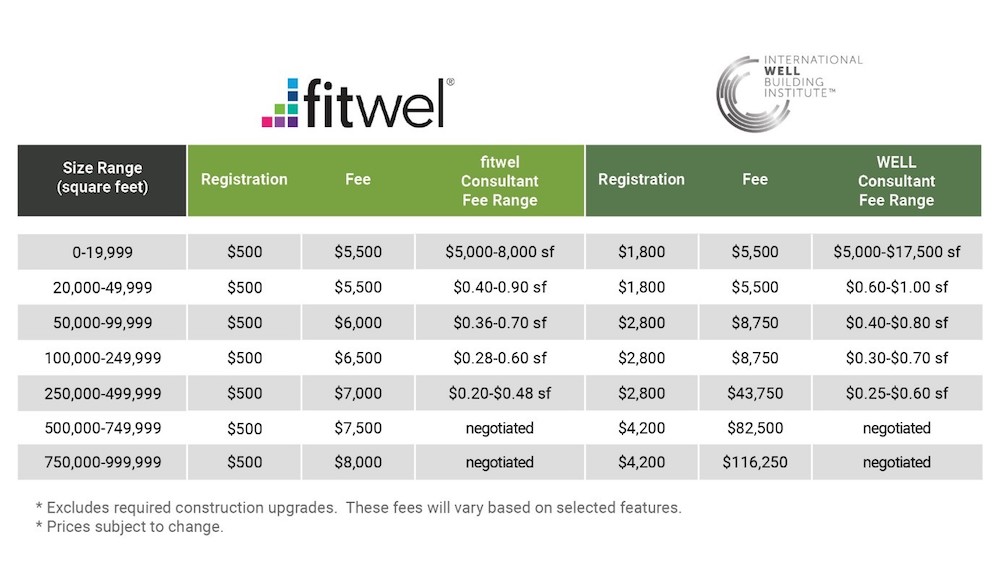
It’s a new day for businesses, with a wealth of fresh opportunities to innovate into stronger organizations than ever before. Wellness in the workplace is paramount to this evolution, for it’s the security and safety of this type of setting that will engender employee trust and loyalty, unlock their highest-performing selves, and foster a thriving corporate culture.

